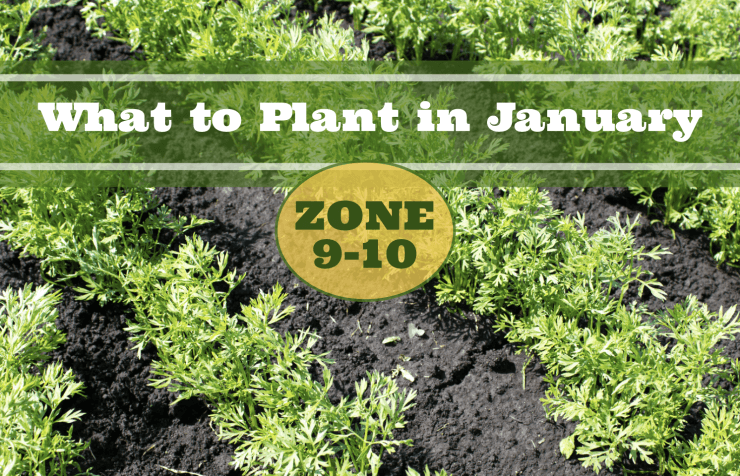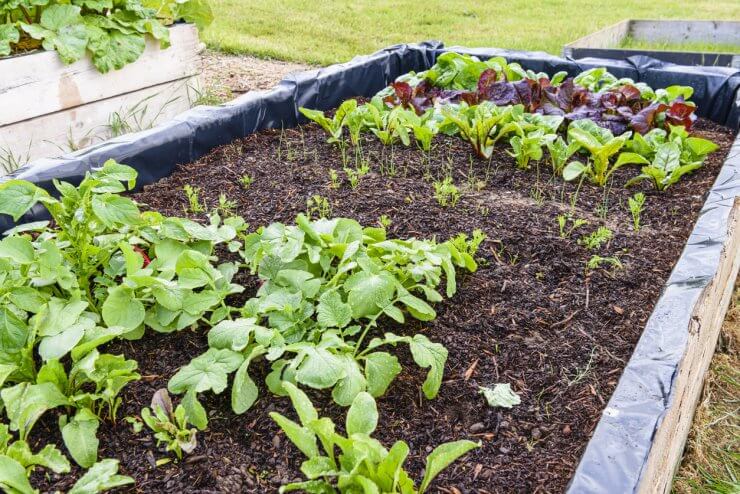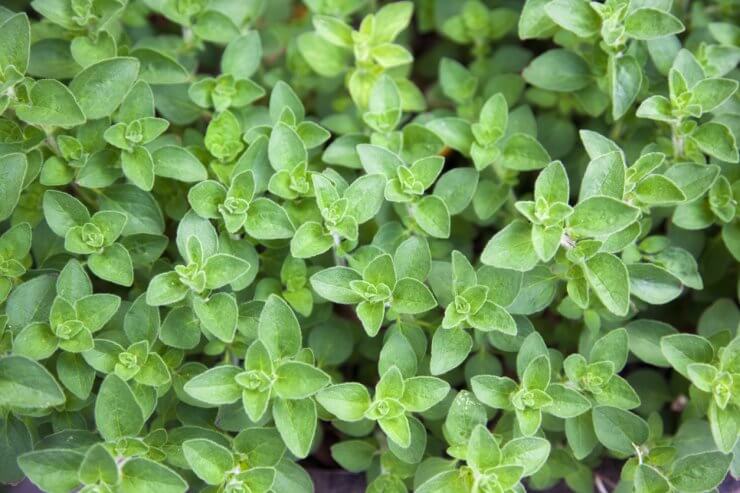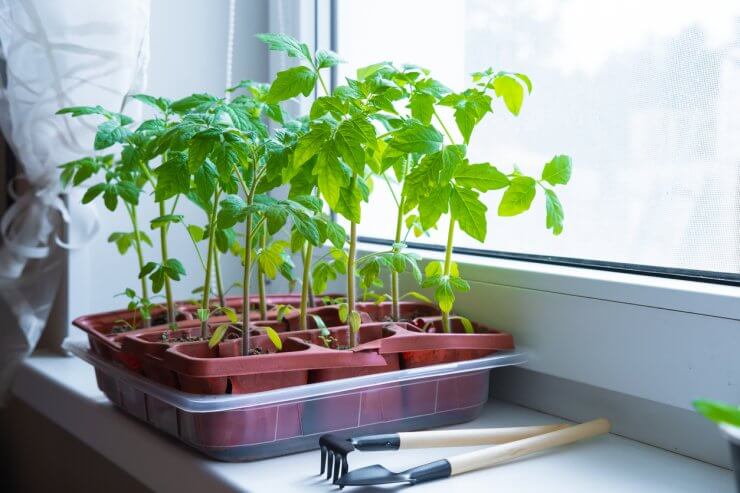
Lucky you! While gardeners in other zones are huddled inside with their seed catalogs, January in zones 9-10 feels more like spring in most other places. With daytime temperatures typically ranging from 60°F to 75°F (16°C to 24°C), and nights rarely dipping below 40°F (4°C), your garden is still very much in the game. Sure, you might need a light jacket for early morning planting sessions, but by noon, you’ll probably be rolling up your sleeves and reaching for your sunhat.
The January Vegetable Garden
January is actually prime time for planting in your mild-winter paradise. Remember all those cool-season crops that bolted faster than a teenager raiding the fridge when you tried growing them in spring? Well, now’s their time to shine. The gentle winter temperatures in zones 9-10 create perfect conditions for vegetables that would turn bitter or bolt in your warm springs and hot summers.
What to Plant:
- Lettuce (all varieties)
- Spinach
- Swiss chard
- Arugula
- Broccoli
- Cauliflower
- Cabbage
- Brussels sprouts
- Kale
- Collard greens
- Asian greens like bok choy and tatsoi
Let’s start with leafy greens – your lettuce doesn’t have to come in a plastic box from the grocery store, even in January. Now’s the time to sow butterhead, romaine, and leaf lettuce directly in your garden. They’ll thrive in these temperatures, growing sweet and crisp without throwing up flower stalks at the first sign of warmth. Spinach, Swiss chard, and arugula will also flourish now, providing you with fresh salad fixings while other zones are still thawing out.
Brassicas are the winter garden stars in zones 9-10. Broccoli, cauliflower, and cabbage adore your January weather. Plant them now, and they’ll reward you with gorgeous heads free from the cabbage moths that plague spring plantings. Brussels sprouts can go in too – they actually taste sweeter after experiencing a few chilly nights, though “chilly” in zones 9-10 is relative!

Radishes, carrots, leeks, chard, lettucem and spinach growing together in a raised bed
Root Vegetables: The Underground Party
Your January soil is still warm enough to germinate seeds but cool enough to grow sweet, crisp root vegetables.
What to Plant:
- Carrots
- Radishes
- Beets
- Turnips
- Parsnips
- Rutabagas
- Green onions
Carrots planted now will develop better color and sweeter flavor than those grown in warmer months. Try succession planting radishes every two weeks – they’ll be ready to harvest in about a month, providing a continuous supply of crispy, spicy crunch for your winter salads.
Beets deserve a special mention here. January-planted beets give you two crops in one: tender greens for salads or sautéing, and sweet roots that don’t get woody like they might in warmer weather. Plus, they come in such beautiful colors – from deep red to sunny golden to striped Chioggia varieties that look like candy canes when you slice them. Green onions are another easy green to start!

Common oregano
The Herb Garden: Fresh Flavors All Winter
Your mild winter means fresh herbs don’t have to come from those tiny expensive grocery store packages.
What to Plant:
Cilantro, which bolts if you look at it sideways in summer, grows like a champ in January. Parsley, dill, and fennel will all thrive now too. Plant them near your kitchen door for easy harvesting – there’s nothing like stepping outside to snip fresh herbs for dinner, even in January.
Perennial herbs like rosemary, thyme, and sage can also be planted now. They’ll establish strong root systems during the mild winter, ready to power through the heat when summer arrives. Just remember to give them excellent drainage – these Mediterranean natives hate wet feet more than they hate cold.

Young tomato seedlings in pots
The Early Bird Gets the Tomatoes
What to Start Indoors:
- Tomatoes
- Bell peppers
- Hot peppers
- Eggplants
- Tomatillos
- Ground cherries
Here’s where you can really make northern gardeners jealous – in zones 9-10, January is not too early to start thinking about tomatoes. While you wouldn’t want to put them directly in the ground yet (even your mild winters can throw an occasional cold snap), starting them indoors now means you’ll have strong plants ready to go out when the weather stabilizes. Choose varieties bred for heat tolerance – they’ll keep producing longer when summer arrives.
The same goes for peppers and eggplants. These heat-lovers take their sweet time growing from seed to fruit-bearing size, so starting them in January gives them a head start. By the time the rest of the country is just thinking about planting tomatoes, you’ll be harvesting your first fruits.
Making the Most of Your Winter Garden
Remember to keep an eye on the weather forecast – even in zones 9-10, January can occasionally throw a frosty curve ball. Keep some row cover or old bedsheets handy to protect tender plants on those rare cold nights. A cold frame or hoop house isn’t strictly necessary in your climate, but they can provide insurance against unexpected cold snaps and help you push the seasons even further.
January is also a great time to refresh your garden soil. Add compost to beds before planting, and consider starting a new compost pile – your winter garden will generate plenty of green material to mix with fallen leaves. Mulch well to retain moisture and keep roots cool; even in winter, your soil can dry out quickly on sunny days.
Don’t forget about succession planting. With your long growing season, you can sow short-season crops like lettuce, radishes, and Asian greens every couple of weeks for a continuous harvest. Keep a garden journal to track what you plant when – it’ll help you plan future winter gardens even better.
So while your friends in colder zones are dreaming of spring, you can be out there living it. Just don’t post too many pictures of your January harvests on social media – it might make other gardeners a bit envious!
What’s going into your January garden? Whether you’re a zones 9-10 veteran or just discovering the joys of winter gardening in a mild climate, there’s always something new to try. Share your experiences and questions below – let’s make the most of our winter growing paradise!


 Previous
Previous

